How to Clear RAM / Memory on iPhone & iPad
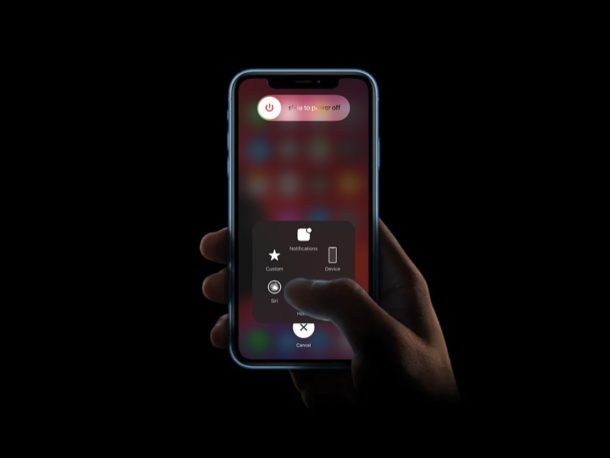
Some iPhone and iPad models have more RAM available than others, and fortunately iOS and iPadOS manages RAM exceptionally well, so even if you have a device with less RAM than a higher-end model or some Android phones, you shouldn’t find any issues with memory management in that regard.
Regardless, if you’re using an ageing iPhone that packs lower RAM in comparison to today’s standards, you’ll notice that your smartphone isn’t as snappy especially when you have a lot of applications open in the background. This is exactly why you might want to flush your RAM memory every now and then. There aren’t any RAM management apps for iOS and iPadOS (unlike Android), so you’ll have to do it manually using this neat trick.
Interested in learning how this works, so you can try it out for yourself on your iOS device? Well, you’ve come to the right place then. In this article, we’ll be discussing exactly how you can clear RAM memory on your iPhone.
Note: this is not a standard procedure and should not be considered necessary by any means. Most iPhone and iPad users will gain the same benefit by simply occasionally rebooting their device, or letting it reboot itself automatically after installing software updates.
How to Clear RAM on iPhone & iPad
Before you try to clear the RAM on your iPhone, you need to make sure Assistive Touch is turned on. The following procedure was tested on an iPhone X and iPhone 11 Pro Max running iOS 13.7. It should work on older iPhones as well, but you don’t need to enable Assistive Touch due to the fact that they feature a physical home button. So, without further ado, let’s take a look at the necessary steps.
- If you own an iPhone X or newer device, turn on Assistive Touch by heading over to Settings -> Accessibility -> Touch -> AssistiveTouch. Skip this step if you’re using an older iPhone with a physical home button like the iPhone 8, iPhone 7 Plus, etc.

- Follow this step very carefully. Make sure your iPhone is unlocked and you have a bunch of apps open in the background. Press the “Volume Up” button on your iPhone and then press the “Volume Down” button. Now, press and hold the “Power” button until “slide to power off” menu shows up on your screen. Now, tap the “Assistive Touch” button on your screen. You should perform all these actions in one go.

- When the Assistive Touch menu pops up on your screen, press and hold the virtual home button for a few seconds. If you’re using an iPhone with a physical home button, ignore the steps involving Assistive Touch and just hold the physical power button on your device.

- Your device will get locked and you will need to type in your passcode again, in order to re-enable Face ID. This is a valid confirmation that your iPhone’s RAM has been cleared. If you open any of the apps that were running in the background, you’ll notice that it has to reload the content from scratch.

That’s pretty much all the steps you need to follow, in order to clear the RAM on your iPhone.
It’s worth mentioning that clearing the RAM doesn’t remove applications from the app switcher. Instead, they’ll just reload the data once re-opened. Sure, rebooting and force rebooting your iPhone would flush the RAM as well, but this is an alternative, yet quicker solution for those users who don’t want to turn off and reboot their smartphones every time they want to clear the RAM.
Likewise, you could also clear the RAM on your iPad, if you own one. However, the method is ever so slightly different for iPadOS, so this procedure might not make the cut. This particular procedure is only applicable to iPhones running iOS 13 or later.
This trick could come in handy when your iPhone isn’t properly updating content within apps due to less-than-ideal RAM management, especially when there are several apps open in the background. By dumping the RAM, iOS will be able to allocate more memory towards the app you’re currently using, and slowdowns wouldn’t be such a huge issue anymore.
Of course another common technique that some iPhone and iPad users in a similar manner is to force quit all apps on their device to clear up RAM that way, but depending on what you’re doing on the device that may actually have the opposite effect in the long run particularly if you switch between multiple apps often. Generally speaking, it’s best to let iOS and iPadOS manage RAM directly and not try to micromanage it yourself as the user.
Longtime users may recognize this tip as it’s similar to how you used to force quit apps on what are now considered to be ancient versions of iOS. Of course nowadays force quitting apps is done by swiping up on them, but long ago it was achieved through a similar method to this.
We hope you managed to clear the RAM on your iPhone without any issues. Did this procedure make your aging iPhone feel snappy again? Do you have any other insight into this process and how it works for your device? Let us know your thoughts and opinions in the comments section down below.

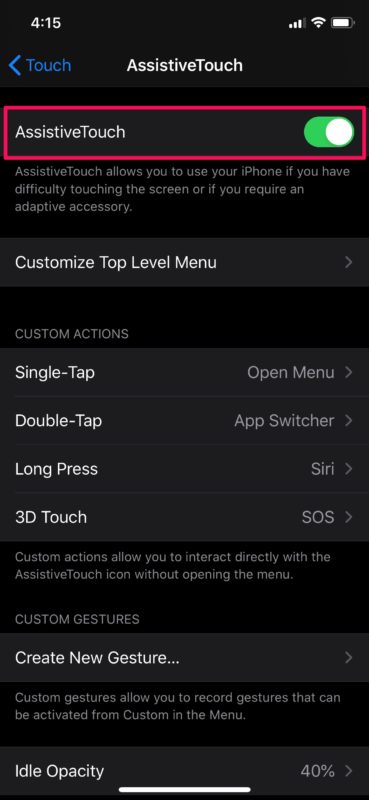
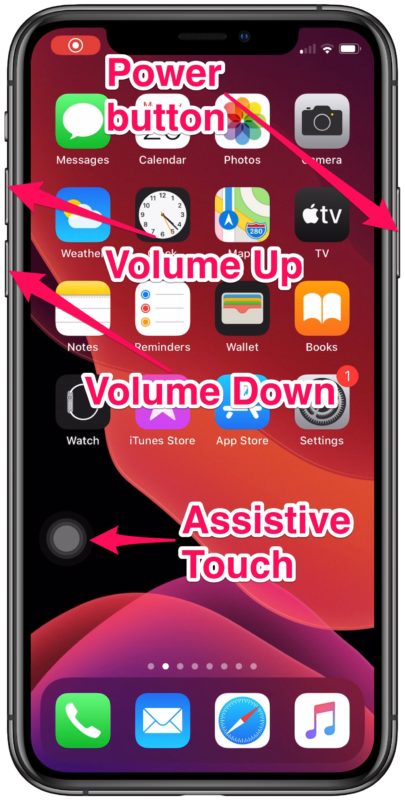
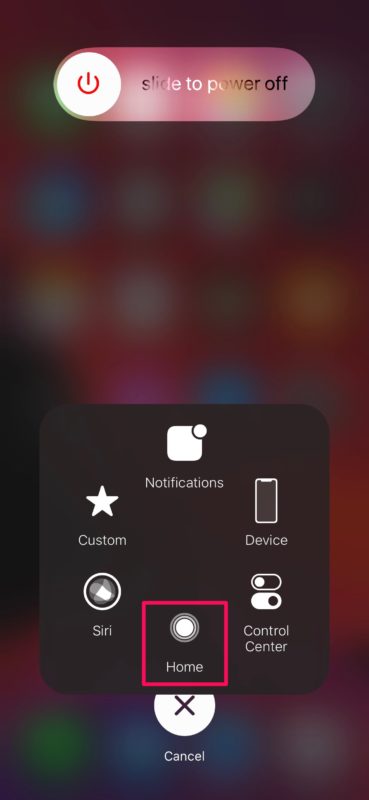
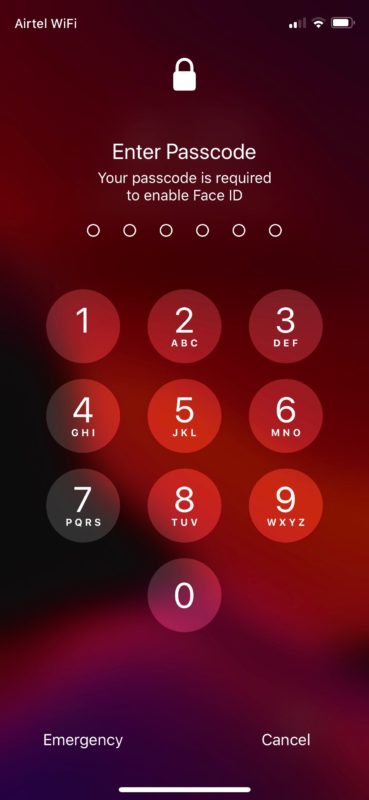

Use Battery Saver. Battery Saver has an option to boost memory and you can also clean junk files.By boosting memory, you can regain RAM.
Unless you can work with activate Assistive Touch enabled, with the button seemingly ‘always in the way’, and then deactivate it afterwards it seems unlikely to save more than seconds to navigate to Shutdown and restart?
It is always good to be aware of alternatives so the information tendered is always welcome.
However the plus for me in this article is the mention of clearing Apps. My MO on the iPad Pro 2018 is to clear the Apps at the end of each session, and I will be adopting that on my iPhone X.
Getting near ‘finger’ fatigue I found that Powering Down the iPhone did not remove Apps Open in the Background.
I lost count of the number of those open, but they are all cleared now.
Having Powering Down the iPhone it seemed like a good idea to check the iPad to check what happens to Apps Open in the Background. They remained open, suggesting that it is a good move to Clear recently used Apps before ending a session.
“Likewise, you could also clear the RAM on your iPad,
if you own one.
However, the method is ever so slightly different for iPadOS, so this procedure might not make the cut. This particular procedure is only applicable to iPhones running iOS 13 or later.“
So we should not use all this info on an ipad?
(I own one)